The Ultimate Guide to Sustainable Landscaping in Chicago
Understanding Sustainable Landscaping
As the world becomes increasingly aware of environmental concerns, adopting sustainable landscaping practices is gaining importance, especially in urban areas like Chicago. Sustainable landscaping involves creating outdoor spaces that are environmentally friendly, conserve resources, and are aesthetically pleasing. It is a holistic approach that not only enhances the beauty of your property but also contributes positively to the local ecosystem.
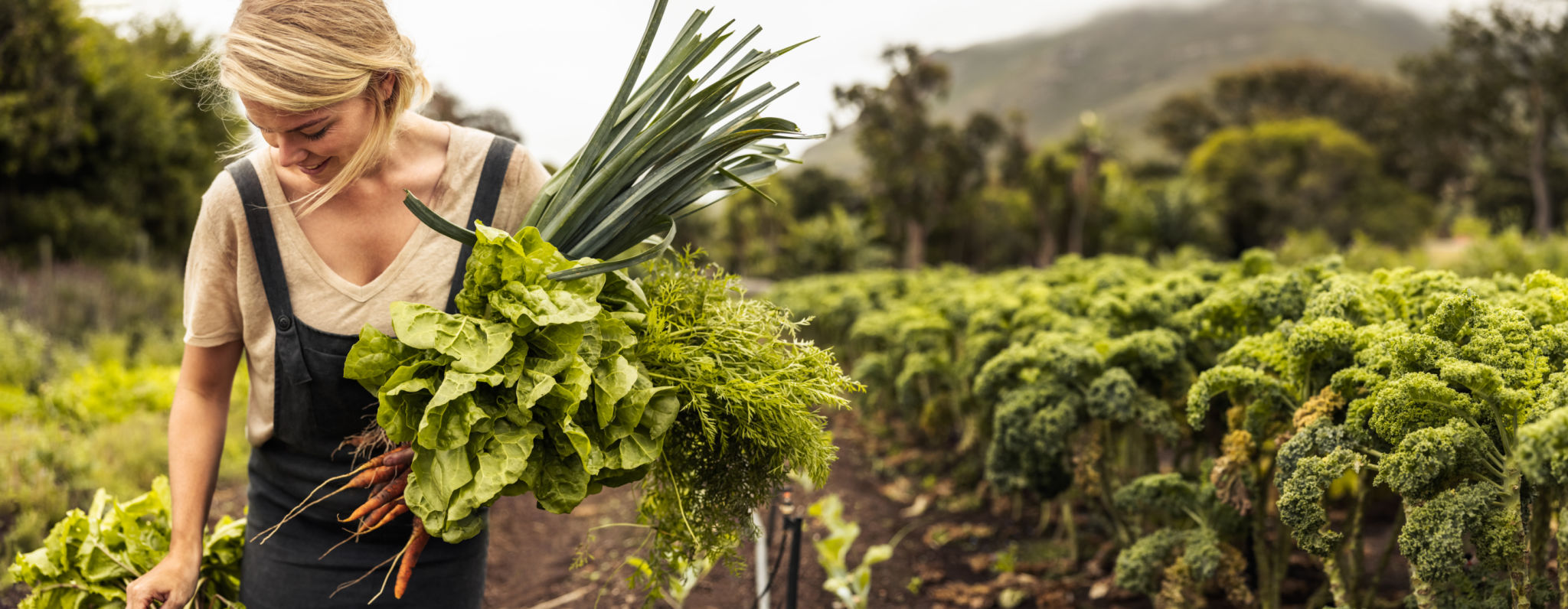
Choosing Native Plants
One of the foundational principles of sustainable landscaping is the use of native plants. Native plants are adapted to the local climate and soil conditions, making them easier to maintain and reducing the need for water and fertilizers. In Chicago, options such as prairie dropseed, wild bergamot, and purple coneflower are excellent choices. These plants support local wildlife and help preserve regional biodiversity.
Benefits of Native Plants
Native plants offer numerous benefits beyond just sustainability. They provide habitat for local wildlife, including pollinators like bees and butterflies, which are crucial for a healthy ecosystem. Additionally, they typically require less maintenance than non-native species, saving you time and money in the long run.
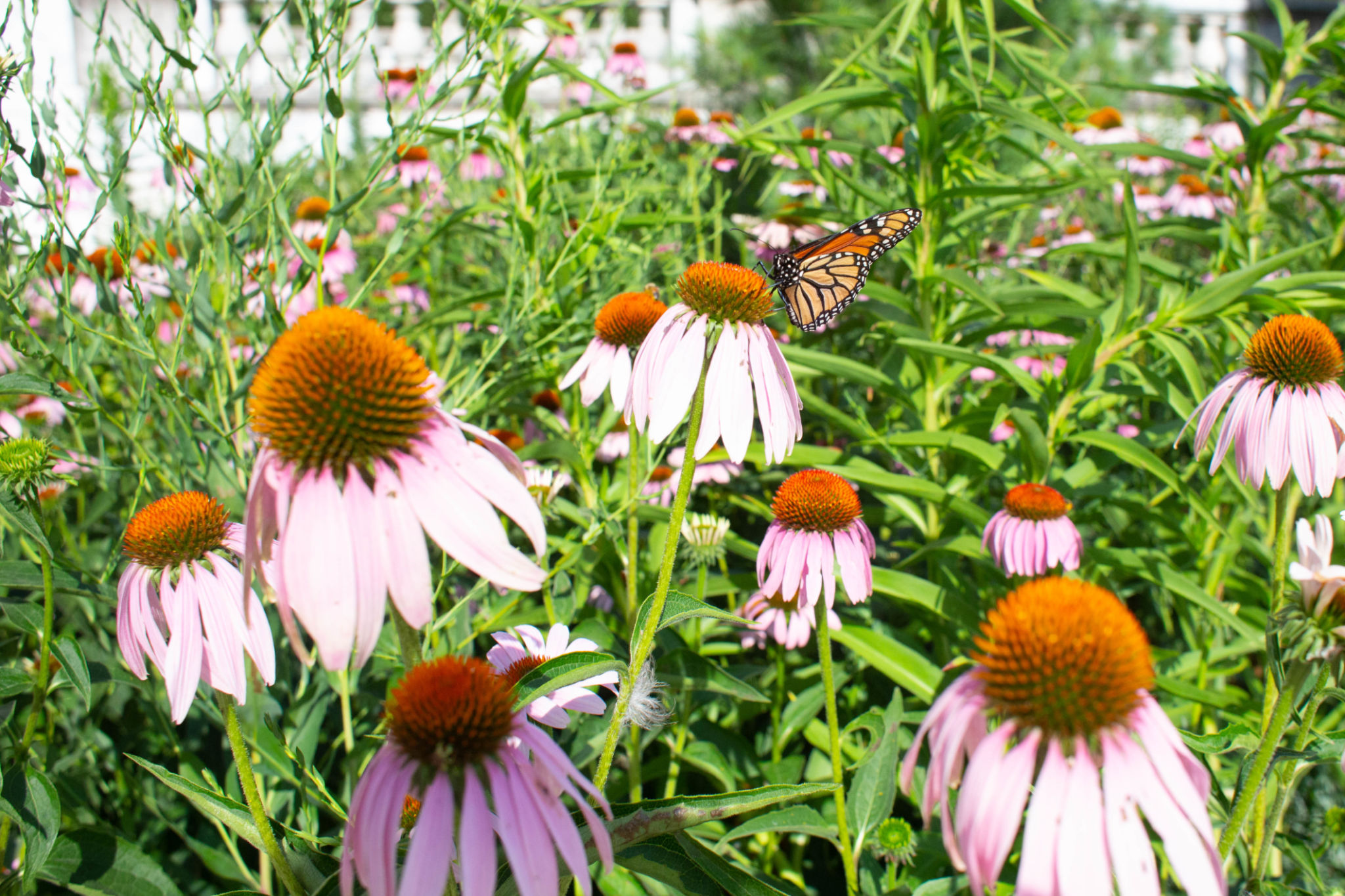
Efficient Water Use
Water conservation is a key aspect of sustainable landscaping. Implementing efficient irrigation systems can drastically reduce water usage. Drip irrigation or soaker hoses are excellent alternatives to traditional sprinklers as they deliver water directly to plant roots, minimizing evaporation.
Rainwater Harvesting
Another effective strategy is rainwater harvesting. By collecting rainwater from rooftops, you can create a supplementary water source for your garden. This not only reduces your water bill but also decreases stormwater runoff, which can lead to erosion and pollution in local waterways.
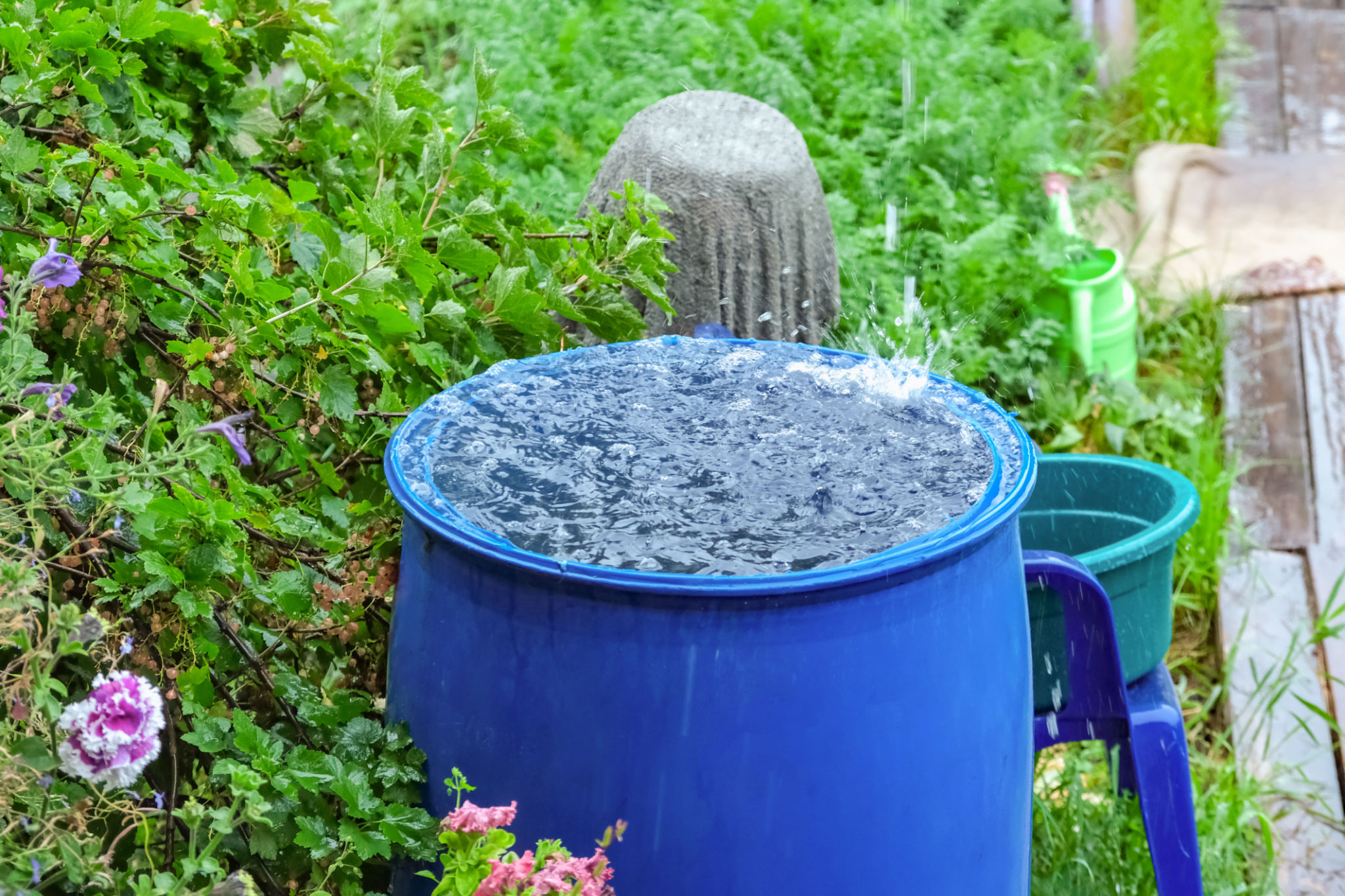
Soil Health and Composting
Maintaining healthy soil is crucial for a thriving landscape. Healthy soil supports plant growth and retains moisture more effectively. Regularly adding organic matter such as compost can improve soil structure and fertility. Composting yard waste and kitchen scraps is an excellent way to create your own nutrient-rich soil amendment.
Benefits of Composting
Composting reduces landfill waste and lowers greenhouse gas emissions by recycling organic material back into the soil. This process enhances soil quality, promotes healthy plant growth, and can even help combat climate change by storing carbon in the soil.
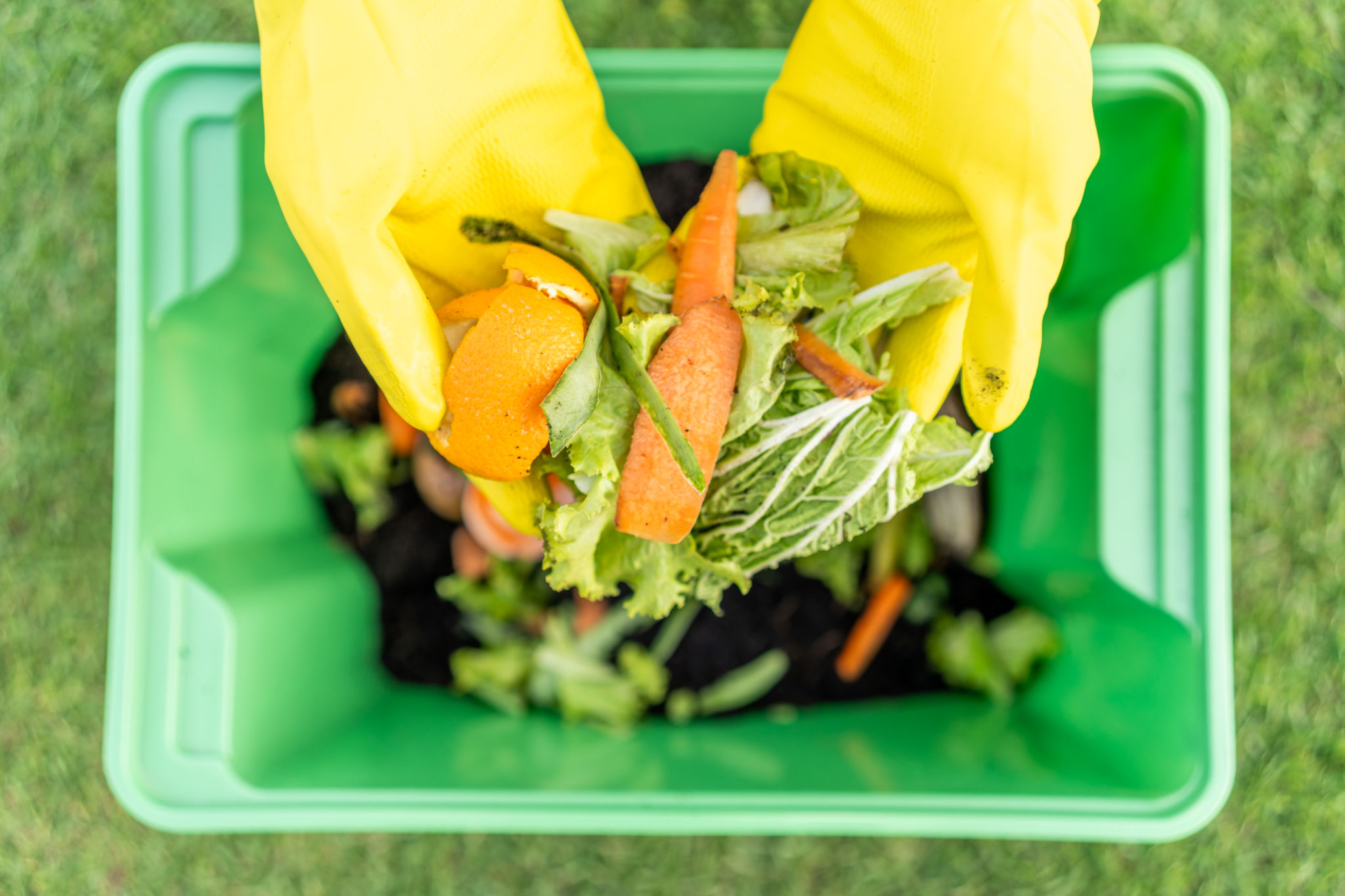
Implementing Eco-Friendly Practices
Sustainable landscaping also involves adopting eco-friendly practices such as using natural pest control methods and reducing the use of chemical fertilizers. Encouraging beneficial insects like ladybugs and planting pest-repellent plants such as marigolds can help control pests naturally.
Reducing Chemical Use
Chemical fertilizers and pesticides can have harmful effects on the environment, including contaminating water supplies and harming non-target organisms. By limiting their use and opting for organic alternatives, you can create a healthier landscape for both people and wildlife.
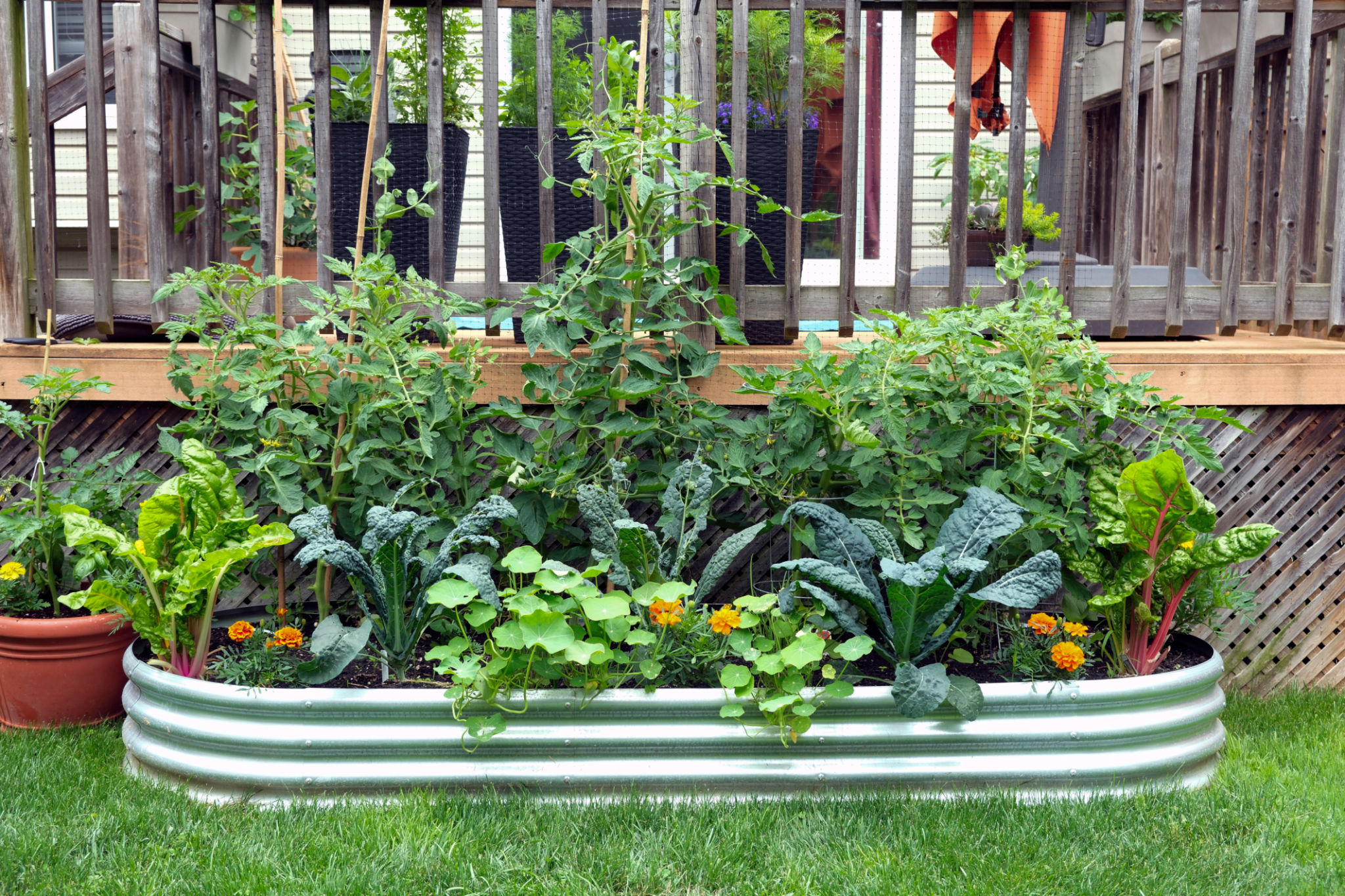
Sustainable Hardscaping
Incorporating sustainable hardscaping materials into your landscape design can further enhance its eco-friendliness. Opt for permeable materials such as gravel or permeable pavers that allow water to infiltrate the ground instead of causing runoff. Additionally, using recycled or locally sourced materials reduces your environmental footprint.
By following these principles of sustainable landscaping, you can create a beautiful, functional space that contributes positively to the environment. Embracing these practices in Chicago not only benefits your property but also plays a part in fostering a sustainable urban ecosystem.